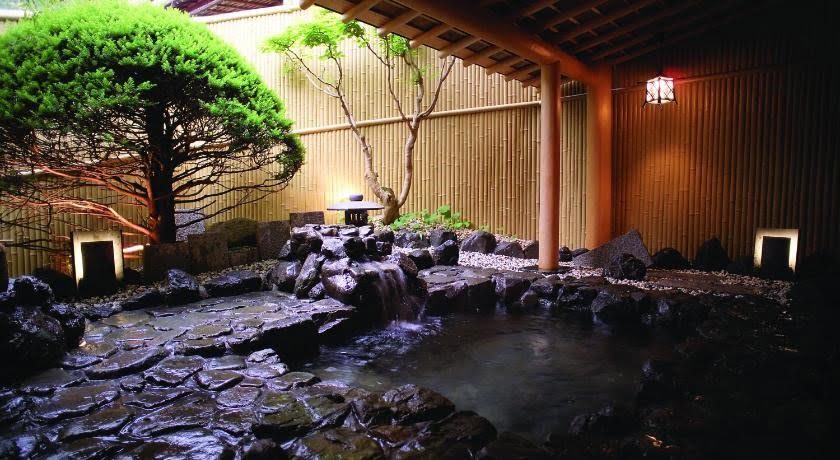Mount Fuji officially opened its hiking trails to the public this week. The ritual rope-cutting ceremony at the Kana-torii Gate by local Shinto priests has come to symbolise the start of the Japanese national summer hiking season, running from July 1 to September 30. With summer’s arrival and the country getting ready to celebrate Yama no hi (‘Mountain Day’) national holiday on August 11, Agoda offers a closer look at the best hiking destinations in Japan to escape the city heat, blaze a mountain trail and then put your feet up.
Mount Takao, Hachioji
With 200 contemporary rooms and suites that exude a Japanese charm, Keio Plaza Hotel Hachioji is perfectly positioned for a quick summer weekend getaway – being less than an hour from central Tokyo, with access to some of Mount Takao’s best trails. The main trail passes through the Yakuoin temple grounds before reaching the summit with views of Mount Fuji on clear days.

Mount Mitake, Saitama
For a more traditional experience still within two hours from Tokyo, Mitakesanso offers temple accommodation with an old-fashioned Edo atmosphere. Nestled in the mountains of Chichibu-Tama-Kai National Park, Mount Mitake, guests can hike the trails through virtually unspoiled nature, stopping at a variety of waterfalls, small shrines and peaks along the way before returning to don a traditional yukata and relax in the hotel’s natural hot spring onsen.

Mount Fuji, Yamanashi
Mount Fuji is not only Japan’s tallest mountain, but its most iconic. A stay at the Ooike Hotel gives guests the chance to bask in this famous view over breakfast from mountain-facing rooms and restaurant. For an even more breath-taking view, visitors can’t beat the challenge of climbing Mount Fuji itself, although more leisurely hikes are also within reach from the hotel, including walks to the smaller Mount Hoei.

Hakone, Kanagawa
Staying within easy reach of Tokyo, Hakone is a popular hot spring onsen spot in the mountains of the Fuji-Hakone-Izu National Park. Escaping to the Odakyu No Yama Hotel not only gives guests access to hot springs, saunas and steam rooms, but also unique lakeside views and a good variety of hiking trails leading through the forest — including sections of the Old Tokaido highway that once connected Tokyo and Kyoto during the Edo period.

Nikko
For a different atmosphere, the UNESCO World Heritage Site of Nikko packs in a variety of outdoor attractions all within easy reach from the Nikko Hoshinoyado Hotel. Walk from the Ryuzu Waterfall to Yumoto Onsen via the Senjogahara Marsh, before returning to relax in the hotel’s hot spring spa and gardens.

Mount Yoshino, Nara
Travelling deeper into the countryside is where you’ll encounter Japan’s more traditional accommodation and authentic ryokan experience. The Chikurin-in Gunpoen Ryokan in Mount Yoshino is a quiet wooded temple town on the mountain slopes of Nara Prefecture that offers the perfect escape from modern city life. Visitors can step back in time while exploring the small network of hiking trails that lead around the mountain. More adventurous hikers can take on the nearby pilgrimage trail to Mount Omine from Kinpusenji Temple.

Mitarai Valley, Nara
Heading further south, Nara’s Dorogawa Onsen area was once famously inaccessible, and was used as a refuge during battles in the 14th century. Today, visitors flock to enjoy the emerald green river and escape the summer heat. Kohryokuen Nishisei offers traditional Japanese-style rooms positioned around a peaceful garden courtyard and hot spring. From here, guests can access hiking trails that take in dramatic waterfalls and the famous suspension bridge that make the Mitarai Valley one of the most spectacular scenic spots in Nara.

For more accommodation options visit Agoda.com or download the mobile app.
For more information, please contact press@agoda.com



